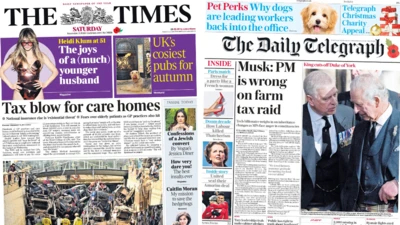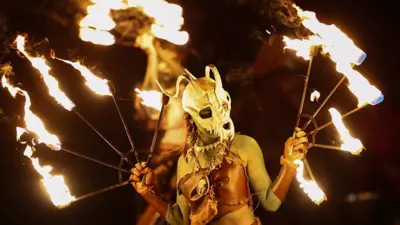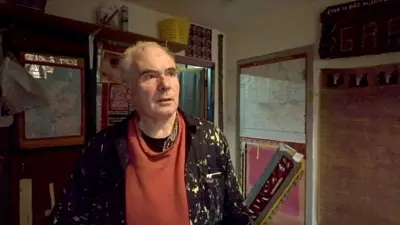We've updated our Privacy and Cookies Policy
We've made some important changes to our Privacy and Cookies Policy and we want you to know what this means for you and your data.
Why does Mumbai bleed again and again?
Image source, AP
- Author, Soutik Biswas
- Role, India correspondent
Some 700 people have been killed in more than half a dozen militant attacks in Mumbai since 1993, . And the violence shows no signs of abating.
The most commonly peddled narrative is that by attacking its much touted financial and entertainment capital, you deal a body blow to India and get global media attention. But that is only a small part of the story. Many residents will tell you that Mumbai began going downhill in early 1993 when it convulsed in religious rioting and murder for two weeks following by Hindu fanatics in December 1992. At least 900 people died, mostly Muslims. Two months after the riots, , killing more than 250 people. Many of them were Muslims too.
That is when the rule of law broke down, many say irretrievably. A 1998 two-volume report on the religious riots was ignored by successive governments, who failed to prosecute politicians and policemen involved in the rioting. At the same time, the authorities were seen to proceed swiftly with prosecuting those involved in the bombings, leading to allegations that the government was anti-Muslim. The seeds of mistrust between the two largest communities in India's most cosmopolitan city had been firmly planted.
The image of Mumbai as a liberal city ruled by law and reason has long turned out to be a chimera, according to Gyan Prakash, author of Mumbai Fables, a brilliant book on the restless city. Over the years, say many analysts, the state's authority has been eroded as a nexus of greedy politicians, a thriving underworld, unscrupulous property developers and a discredited police force seem to have been ruling the roost, undermining institutions.
Last month, on a rainy morning and zipped away openly on their motorbikes. A block of flats meant for war widows was allegedly grabbed by politicians, retired army officers and other such privileged folks, until the courts stepped in. "Conspiracies hatched by politicians, builders, criminals, Hindu militants and Muslim dons appeared to be the underlying dynamic of the city. Anger and violence ruled the street," wrote Mr Prakash of the city in the mid-1990s. Not much has changed - the poisonous cocktail endures, and makes the city easy to attack. The rich in Mumbai, as a friend says, live with one foot in New York and one foot in the city. The poor and the middle-class bleed.
Behind the deceptive facade of its glitzy nightlife, fancy ocean-front flats owned by film stars and businessmen, and India's most expensive building, owned by its richest man, Mumbai is a tired and bitter city, being eaten up from within. , and millions live on the streets. This cannot make for a very happy place, and the city's "resilient spirit" has now become the cruellest Indian cliche. And what attracts religious extremists to launch attacks here? They are appalled, says the city's most famous chronicler, Suketu Mehta, that Mumbai stands for "lucre, profane dreams and indiscriminate openness".
Many believe the city's explosive growth - Mumbai is expected to be home to 23 million people by 2015 - is driving it towards urban and social extremes. "If Mumbai is the future of civilisation on the planet," Mr Mehta famously wrote, "then God help us." In many ways, India's richest - and most vulnerable - city is also its most dystopic. For me, it conjures up images, all at once, of wealthy Manhattan, lawless Chicago during the 1920s, and the most infamous fictional metropolis, Gotham City.
Top Stories
More to explore
Most read
Content is not available








